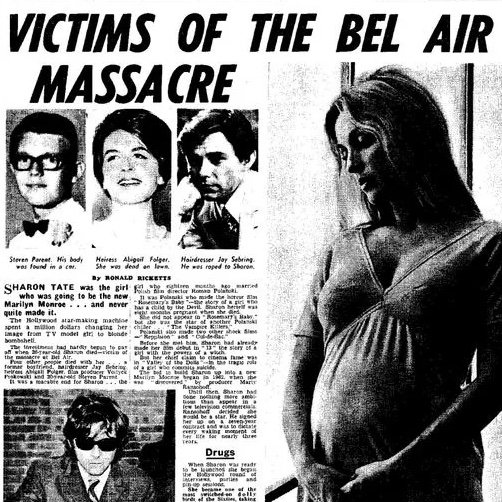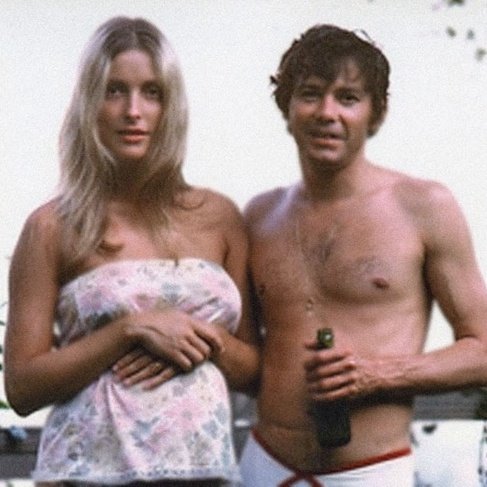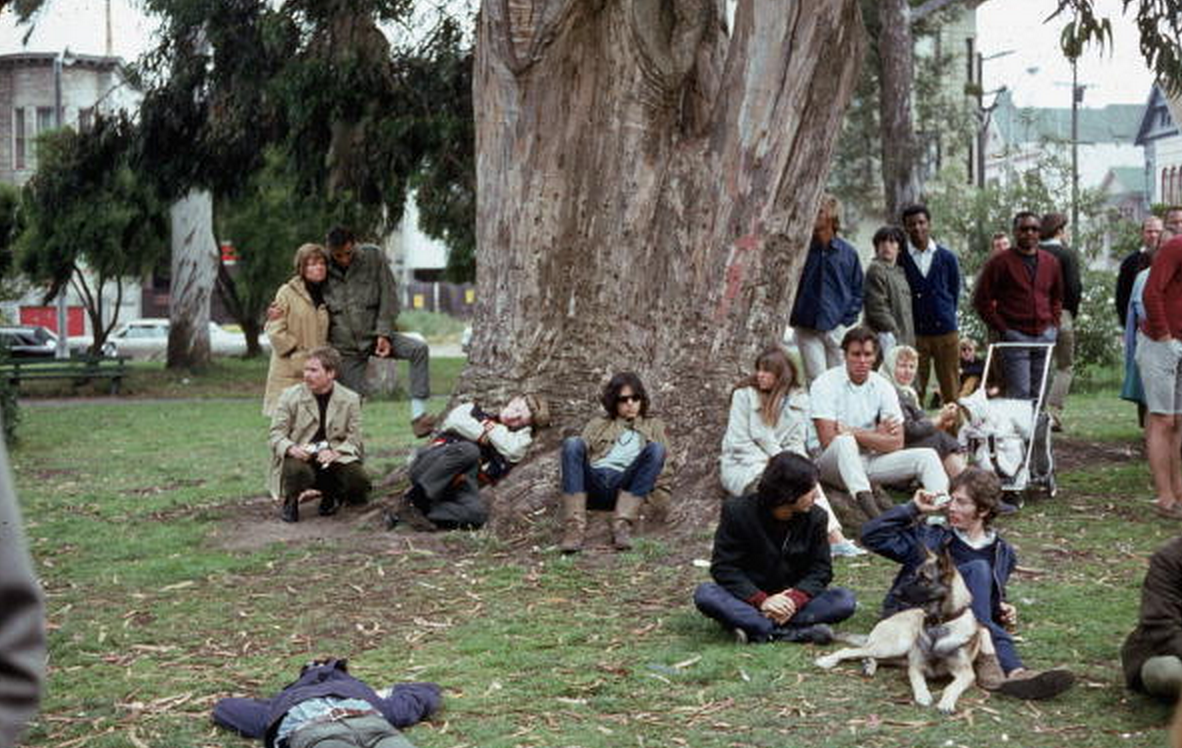Listen to this episode on Apple Podcasts.
Rising romantic lead John Gilbert signed with MGM in 1924 and the next year he starred in King Vidor’s The Big Parade, the studio’s biggest hit of the silent era. That same year, Louis B. Mayer brought his new discovery to Hollywood: an enigmatic Swedish actress named Greta Garbo. Garbo and Gilbert starred together in the romantic melodrama Flesh and the Devil, and began a relationship in real-life, which was eagerly exploited by the still-fledgling Hollywood publicity machine. Gilbert’s career suffered from his contentious relationship with Mayer, and his increasing alcoholism, while Garbo’s star continued to rise. In 1933, Garbo made it a condition of her MGM contract extension that the studio cast Gilbert as her love interest in Queen Christina. Within three years, Gilbert was dead. Within ten years, Garbo’s career had taken a turn, too
Special thanks to special guest star Craig Mazin, reprising his role as Louis B. Mayer.
This episode was edited by Henry Molofsky.
This episode included a clip from the John Gilbert film His Glorious Night, pulled from Kevin Brownlow's incredible silent era documentary Hollywood. Hollywood is watchable in several installments on YouTube.
We are proud to welcome our new sponsor, Audible.com! Get a free audiobook and a 30-day trial at Audible.com/remember
Sources:
Basinger, Jeanine. Silent Stars. Knopf Doubleday Publishing Group. Kindle Edition. 2012
Bret, David. Greta Garbo: The Divine Star. London: Robson Press, 2012.
Conway, Michael; McGregor, Dion & Ricci, Mark. The Complete Films of Greta Garbo. New York: Carol Publishing Group, 1991.
Eyman, Scott Lion of Hollywood: The Life and Legend of Louis B. Mayer . Simon & Schuster. Kindle Edition. 2008
Eyman, Scott The Speed of Sound: Hollywood and the Talkie Revolution 1926-1930 Simon & Schuster. Kindle Edition. 1998
Golden, Eve John Gilbert: The Last of the Silent Film Stars (Screen Classics) The University Press of Kentucky. Kindle Edition. 2013
Krützen, Michaela. The Most Beautiful Woman on the Screen: The Fabrication of the Star Greta Garbo. Berlin: Peter Lang, 1992.
"Garbo's Last Days" by Michael Gross. New York Magazine, May 21, 1990



















